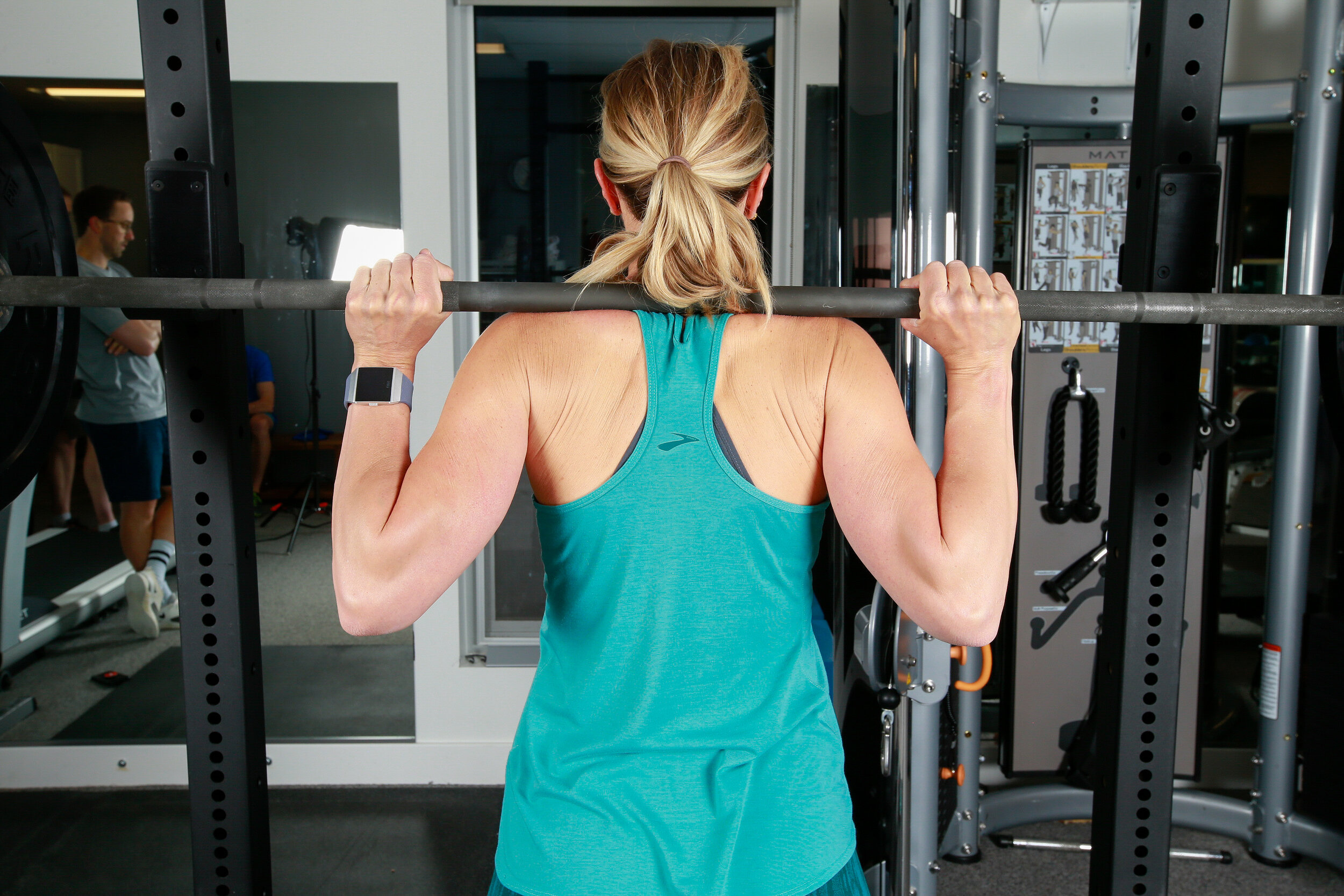Osteoarthritis is the most common joint disorder in the United States and commonly affects spinal and extremity joints during the aging process. Researchers estimate 1 in 10 older adults over 60 y.o. currently experience symptomatic knee arthritis. This condition leads to joint pain and a loss of daily, occupational, and recreational function. Patient’s often describe the frustration at their inability to perform their desired activities secondary to knee pain. Thankfully, knee arthritis is effectively treated in the early to middle stages of the disease with Physical Therapy including manual therapy and exercise. Programs are designed to reduce pain, restore mobility, and most importantly improve knee and hip strength. Strengthening exercises can improve a muscle’s force output acting as a shock absorber to dissipate forces across the symptomatic joint. A recent review of the evidence shows how effective exercise can be for patients with knee osteoarthritis.
The Annals of Physical Rehabilitation and Medicine published a review of the effectiveness of exercise to improve a patient’s pain and function (Li Goh et al. 2019). Authors pooled data from 77 randomized controlled trials involving 6472 participants with knee arthritis. They reported consistent statistically significant improvements in pain, function, physical performance, and most importantly quality of life. The impact of exercise programs was highest at 8 weeks with smaller gains noted in shorter time periods. The additional of exercise also likely improved other mental, emotional, and physical outcomes known to be positively affected by exercise. When you also consider the minimal side effects of exercise compared to medication it is hard to beat as an intervention for early to moderate knee arthritis.
Click Here to learn which exercises are most effective for knee arthritis

